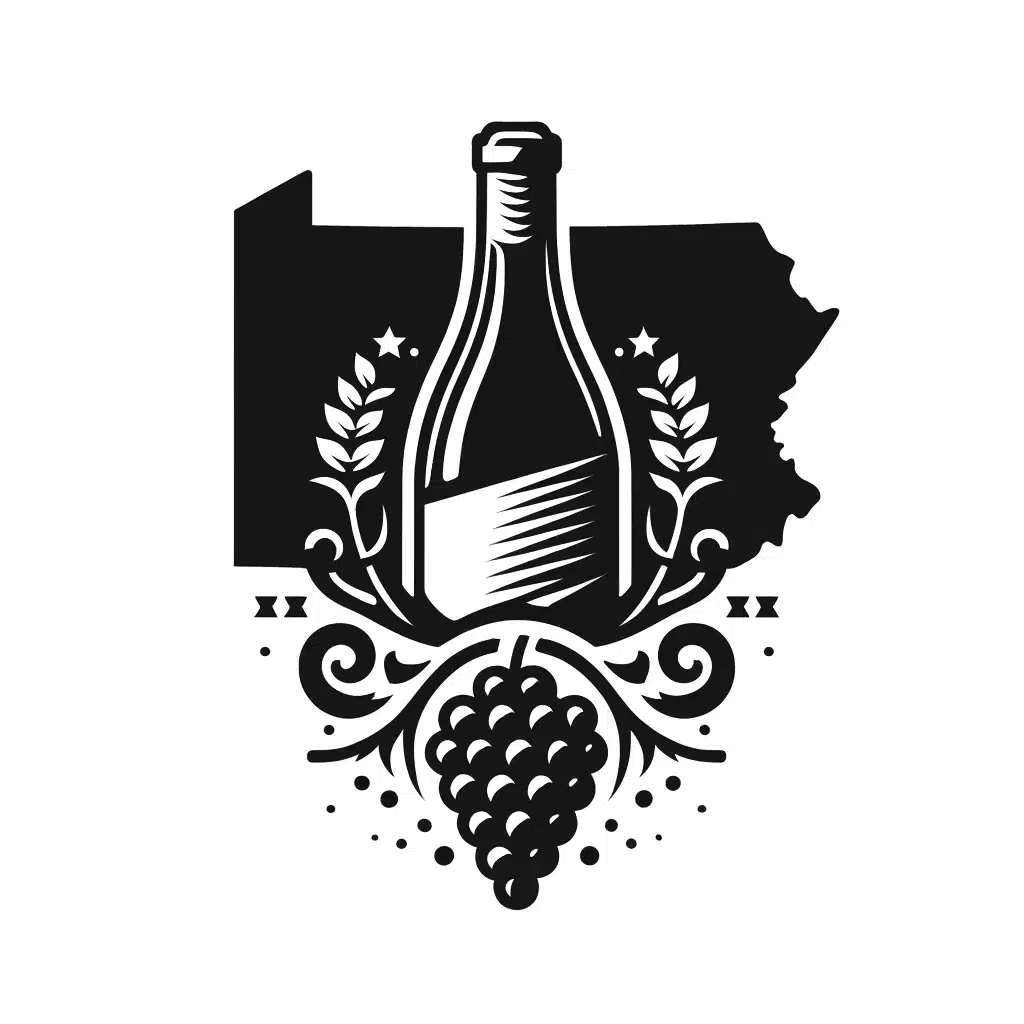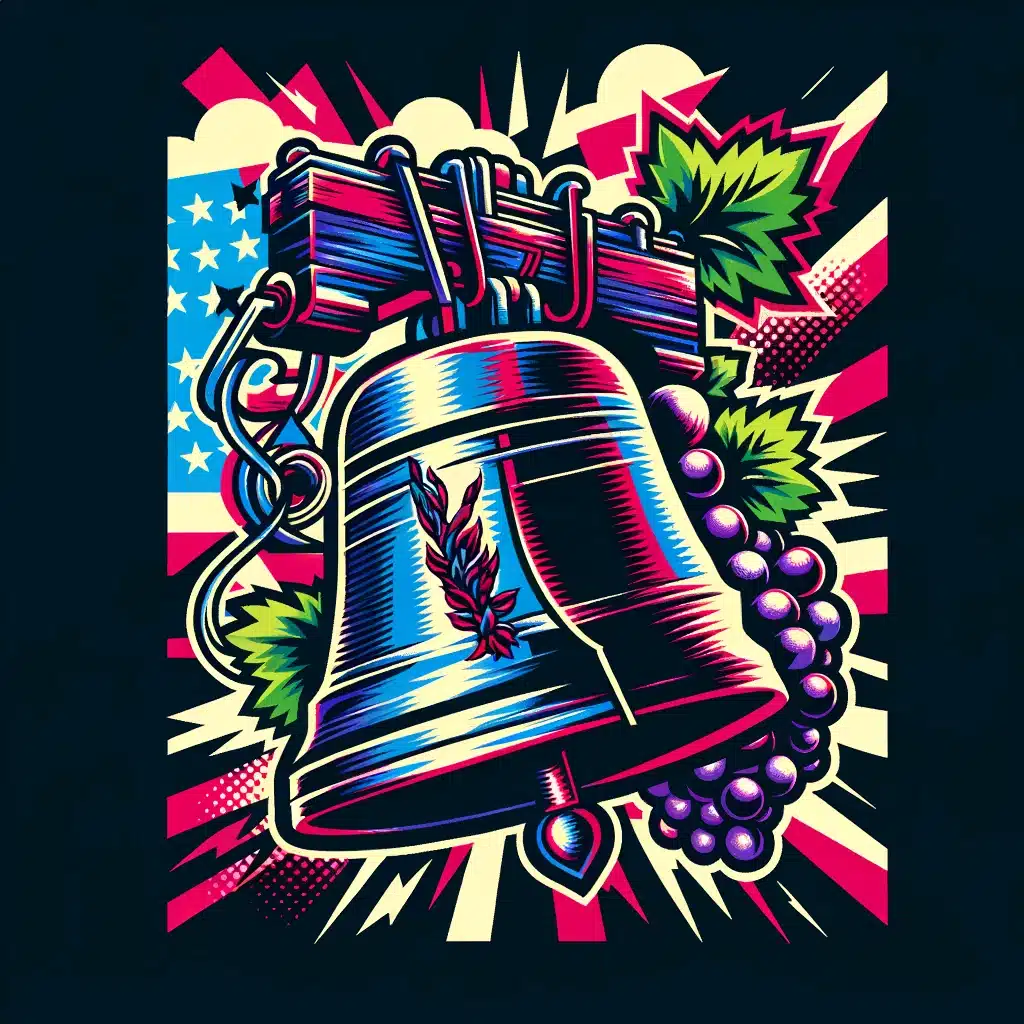Table of Contents
PA wines are slowly finding their footing. High-quality wines are supplanting the preponderance of sweet pink trash. However, the history of these wines is just being written. This article covers what has been going on for the past decade.

The Top 10 Pennsylvania Wineries
- Va La Vineyards: Acclaimed for its diverse wine varieties and unique tasting ambiance.
- Penns Woods Winery: Family-run, known for high-end wines and sustainable practices.
- Fero Vineyards: Award-winning Rieslings and other wines.
- Waltz Vineyards Estate Winery: Blends tradition with innovation, reflecting local terroir.
- Mazza Vineyards: Near Erie, known for quality wines and a history of innovation.
- Galen Glen Winery: Distinctive wines with a commitment to sustainability.
- Stony Run Winery: Specializes in a range of red and white wines.
- Karamoor Estate: Luxurious wines, known for pushing boundaries with Cabernet Sauvignon.
- Pinnacle Ridge Winery: Known for expressing the unique character of Pennsylvania.
- Vox Vineti: Handmade, small-batch wines with precision and care.

Pennsylvania wineries grow a variety of grapes, including Cabernet Dorsa, Zweigelt, Regent, and the hearty hybrid Chambourcin. Carmine, a cross between Cabernet Sauvignon and Carignan, is also promising. In Chester County, Italian varieties like Nebbiolo, Barbera, and Fiano are grown, with Merlot and Cabernet Franc showing potential. Fero Vineyards’ Saperavi was named one of the state’s best red wines at the 2019 PA Sommelier Judgment.
A decade ago, the Paris Wine Bar opened, exclusively featuring Pennsylvania wines, marking a significant moment for local viticulture. However, it received little media attention and closed several years later.

Bad Reputation
Philadelphia elites long believed Pennsylvania wines were inferior, often ridiculed for being sweet or unpleasant. This perception persisted despite efforts from pioneers like Terry McNally, who embraced local wines early on.
Why the Haters Are Wrong
The notion that Pennsylvania cannot produce good wine is incorrect. The region shares weather patterns and soil conditions similar to Italy’s Piedmont, providing a strong foundation for high-quality viticulture.
- Weather Patterns: Similar climate (Köppen Cfa) to Piedmont, Italy.
- Airflow & Schist: Adequate airflow and suitable soil types contribute to quality wine production.

What Pennsylvania Wines Need
Local winemakers face challenges such as insufficient state investment and consumer preferences for well-known grape varieties like Chardonnay and Merlot. A shift toward local, high-quality wines and better appellation systems is essential.
- State Investments: More funding and grants are needed for research and development.
- Local Wine Lovers: Consumers should support and demand high-quality local wines.
Personal Experience
Back in 2001 –back when I was a commercial winemaker– I made a successful Pennsylvania Cabernet Franc, praised by sommeliers and winemakers. However, consumer reluctance to try less known varieties hindered its success, leading me to focus on building the Wine School.
Economic Revival
Investing in local wineries can significantly boost the state’s economy, similar to Virginia’s wine industry, which contributes $747 million annually.

Future Prospects for Pennsylvania Wines
The future of Pennsylvania wines looks promising as more consumers and winemakers embrace the potential of local grapes. Initiatives to educate the public and promote local wines can help overcome existing challenges. With continued efforts, Pennsylvania could establish itself as a significant player in the wine industry, known for its unique and high-quality offerings.

We live in Chester County and have visited some of the winerys in the area. The other problem for the consumer is price. These small wineries charge as much as a good wine from an established winery. Look at the top 100 from a wine mag. Some of the 90 rated are $20-$30. Why buy local if it costs more?
Why should you spend more on a local product? That’s a personal choice. Personally, I prefer to keep my $$$ in the local economy. Why does it cost more? Largely because there aren’t subsidies for grape growers in PA, unlike most other agricultural products. Also, there isn’t an economy of scale yet. Once enough people are willing to invest their $20 in a local winery’s product, then the prices will come down.
Thank you M.J. for saying what so many of us in the industry have been feeling for so long. My husband and I came to PA (from the NY wine industry) in 1982 to start Chaddsford Winery…and I can only say it has been a long 30-year struggle for recognition. I only disagree with you in where the problem lies…it is not in the wine consuming public — we have had wonderful support over the years from consumers (and also the PLCB). The hard nut to crack has been restaurants who have shied from offering local products and thus “validating” their quality and worth to the public. With a few exceptions, like Terry McNally, the local wineries have made few inroads in that community. A big thanks to Terry and London Grill for this bold step – I truly hope Philadelphians support it!
We hope so, too. Thank you for the input!